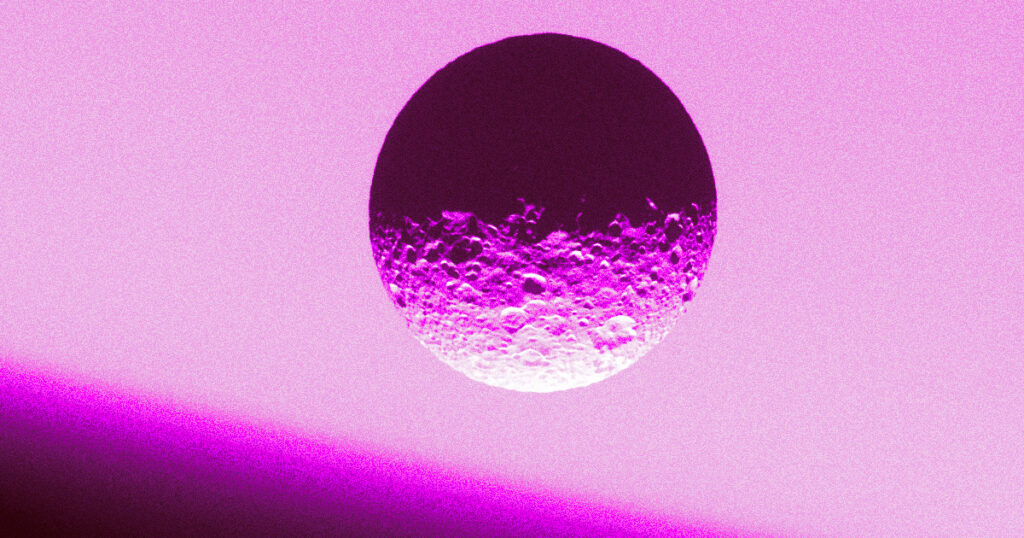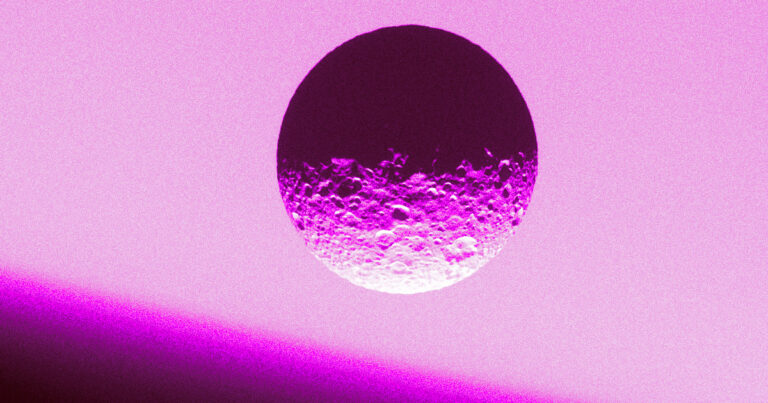Saturn’s moon, known as the “Death Star,” conceals a mysterious ocean.
If there is a global ocean hidden on Mimas, it implies that liquid water could potentially be found in numerous locations.

Seaing Is Believing
Astronomers have recently uncovered an intriguing secret about one of Saturn’s smallest moons. Mimas, renowned for its prominent Death Star-like crater, is now believed to possess a remarkable feature that sets it apart from the rest. Hidden beneath its icy and pockmarked exterior lies a global ocean, making it truly unique.
According to a recent study published in the journal Nature, this expansive body of liquid water is relatively young, estimated to have formed between five to fifteen million years ago. The fact that this ocean remained undiscovered for such a significant period, with no visible indications on the moon’s surface, raises the possibility that other seemingly barren moons may also harbor hidden oceans. This revelation adds an exciting dimension to the ongoing quest for extraterrestrial life beyond our planet.
According to Valéry Lainey, an astronomer at the Observatoire de Paris, the presence of a global ocean on Mimas implies that liquid water could potentially exist in various locations.
Cold Case
For years, the moon seemed to consist solely of its distinctively pockmarked surface, composed of a dense layer of frozen water. However, a closer examination began to alter this perception. Commencing in 2004, NASA’s Cassini spacecraft embarked on a mission that spanned more than ten years, delving into the mysteries of Saturn and its 146 moons, including Mimas. Despite its icy exterior, Mimas’ peculiar orbit hinted at the possibility of something more concealed beneath its surface.
This diminutive moon completes an elliptical path around its parent planet in approximately 22 hours, maintaining an average distance of roughly 115,000 miles. The Cassini spacecraft gathered data on Mimas’ orbital and rotational characteristics, revealing subtle variations in its gravitational interactions with Saturn. These fluctuations, according to researchers, cannot be accounted for by a solid interior. The only plausible explanation, they contend, is the existence of a subsurface liquid ocean, trapped beneath a frozen shell measuring between 12 to 19 miles in thickness.
Presently, the team posits that this liquid ocean formed as a consequence of the friction generated within Mimas’ rocky core by Saturn’s formidable tidal forces. Over millions of years, this friction produced sufficient heat to melt portions of the icy shell.
Ripe Young Age
The ocean’s youth implies that the likelihood of it sustaining life is extremely low. However, due to Mimas being in the early stages of ocean development, astronomers have the opportunity to observe the evolution of these extraterrestrial seas and potentially understand the emergence of life-supporting conditions.
According to co-author Nick Cooper, an astronomer at the School of Physical and Chemical Sciences at Queen Mary University of London, the presence of a recently formed liquid water ocean on Mimas makes it an excellent subject for researchers studying the origins of life.
Most importantly, this serves as yet another example that moons in our solar system with oceans are not as rare as they were once believed to be.
Do not forget to share your opinion with us to provide you with the best posts !




0 Comments